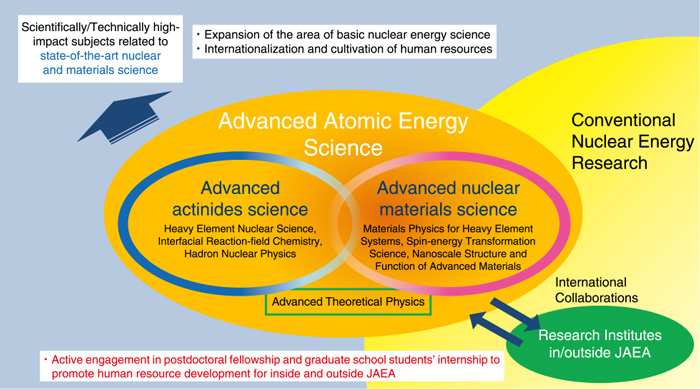
Fig.3-1 The role of advanced nuclear scientific research
A large part of nuclear-energy-related technology is grounded in basic science. Besides seeking solutions to today’s energy problems, future research must respond to the new stage of nuclear energy development that expected in the next few decades.
The Advanced Science Research Center (ASRC) has explored nuclear energy through the lens of basic sciences in an effort to establish new research fields and further develop the existing science and technology.
The mid-term plan, which began in FY2015, focuses on the advancement of two main areas: actinides and nuclear materials science. Respectively, these aim to conceptualize nuclear and heavy-element-based actinide science, and investigate and develop new materials for nuclear-energy purposes. Through interactions between these two areas and collaboration with research institutes within and outside of the Japan Atomic Energy Agency (JAEA), new fields of nuclear-energy science have been cultivated (Fig.3-1).
Numerous achievements have been made during FY2018. Through advanced actinides science, the origin of mass-asymmetry was clarified in fission fragments of actinides using a stochastic differential equation called the Langevin equation. (Topic 3-1). This will allow for a better understanding of the limit of existence of chemical elements. Through biochemical research, an effective method of removing strontium from seawater by coprecipitation with barite was developed. (Topic 3-2). Additionally, a new double-lambda hypernucleus, the second in the world, was observed. (Topic 3-3). This decaying event was named “MINO” after an ancient name of Gifu Prefecture, where enormous amounts of data were analyzed, and is expected to contribute significantly to future theoretical studies on hadrons. Substantial results have also been achieved in the field of advanced nuclear materials science. It was found that superconductivity can be derived from ferromagnetic fluctuations at high pressure using a uranium compound, UGe2 (Topic 3-4). Generally, superconductivity and ferromagnetism are seen as two opposing phenomena, and superconductivity is destroyed by the presence of magnetic field. Studying the mechanism of ferromagnetic superconductivity could lead to the development of new superconducting materials, such as superconducting wires that work stably in highly magnetic fields.
The ASRC considers that developing human nuclear resources with expertise and demonstrating their total abilities via basic nuclear research are vital.